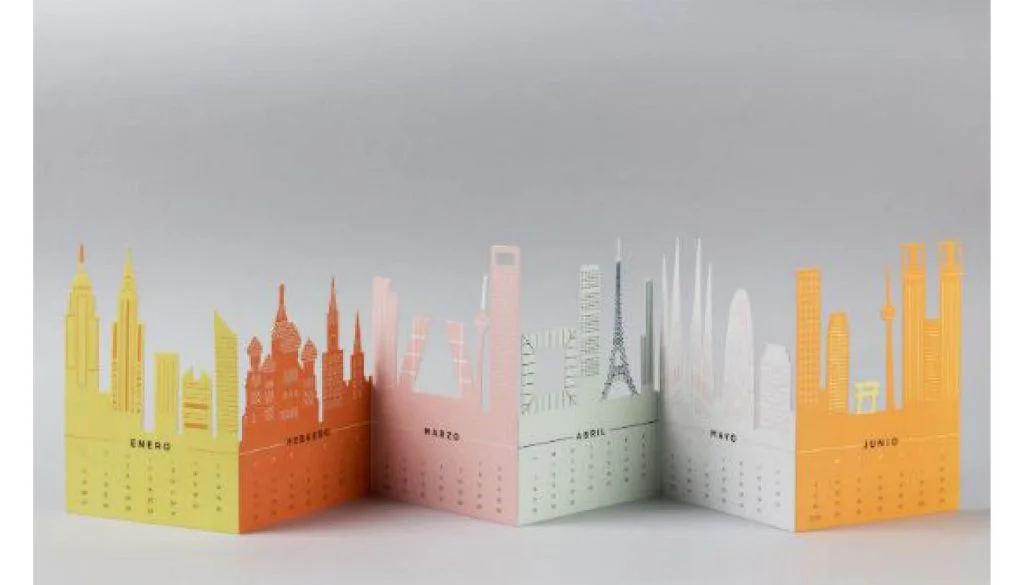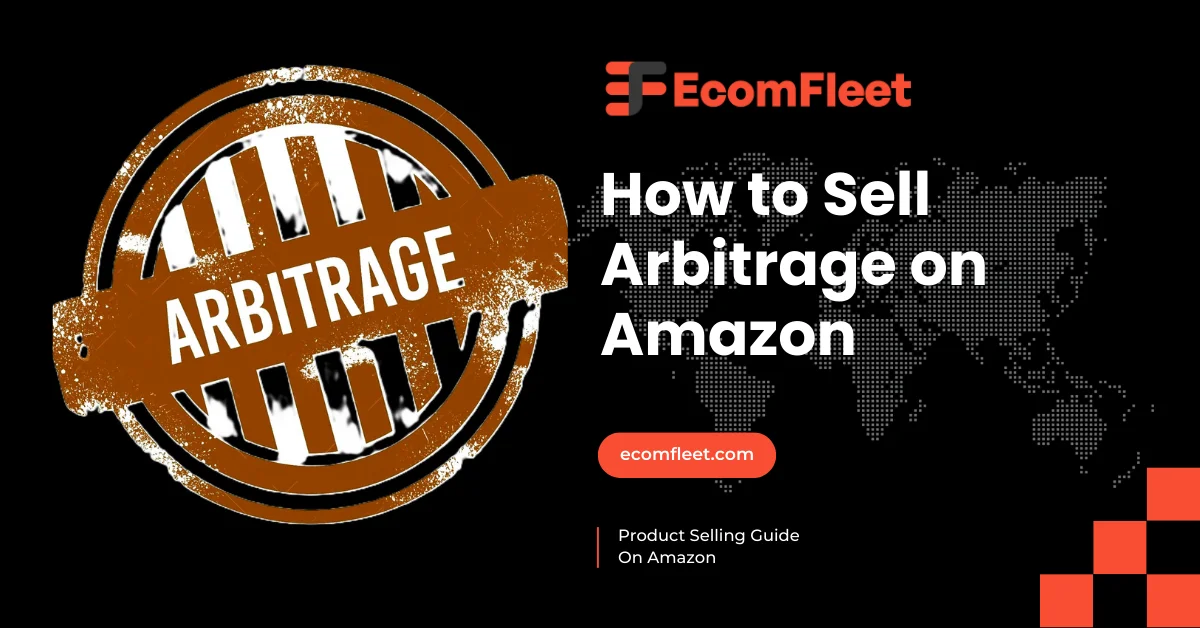Selling calendars on Amazon presents a unique opportunity for entrepreneurs looking to tap into a consistent and growing market. With the rise of self-publishing platforms like Amazon Kindle Direct Publishing (KDP), creating and selling calendars has become more accessible than ever. This niche not only caters to a broad audience—everyone from students to professionals—but also allows for creative expression through design and theme customization. As calendars typically see peak sales at the end of one year and the beginning of another, sellers can strategically time their launches to maximize visibility and sales.
The potential for profitability in the calendar market is significant. Recent analyses indicate that the average price for calendars on Amazon ranges from $3.79 to $18.00, with many sellers achieving impressive sales figures within this category. For instance, top sellers have reported thousands of units sold, demonstrating that with the right marketing strategies and keyword optimization, sellers can capture substantial market share. For a deeper dive into market insights and best practices, you can explore resources such as Book Bolt’s analysis of the calendar category here.
This guide aims to equip you with the knowledge and tools needed to successfully navigate the process of selling calendars on Amazon. From understanding market trends to mastering design techniques and effective pricing strategies, each section will provide actionable insights tailored to both beginners and seasoned sellers. By following this guide, you will learn how to create appealing calendar products that stand out in a competitive marketplace and ultimately drive sales throughout the year.
Potential Of Sell Calendars on Amazon.

Selling calendars in the U.S. holds significant potential, as they remain popular for personal and corporate use. It is expected to continue growing at a CAGR of 9.23%, reaching USD 48.80 billion by 2030. Many people still prefer physical calendars for organization and decoration, making them a stable product, particularly around the holiday season and new year when demand spikes.
On Amazon, the opportunity is even greater. Amazon is the leading online retailer in the U.S., with over 60% of its sales coming from independent sellers. Categories like home and office supplies, where calendars fit in, are among the most popular. Moreover, more than half of U.S. consumers start their product search on Amazon, and shop there at least once a week, increasing the chance of discovering niche products like custom or themed calendars.
Amazon’s Fulfillment by Amazon (FBA) service can also help with storage and shipping, making it easier for sellers to focus on growing their businesses. With free and fast shipping as a key draw for Amazon Prime members, sellers who offer Prime shipping see higher sales.
Types of Calendars to Sell on Amazon
There are several types of calendars you can sell on Amazon, each catering to different audiences and interests. Here are some popular categories:
Wall Calendars: These are among the most common types, featuring a variety of themes such as landscapes, animals, or artwork. For example, the 2025 National Park Foundation Wall Calendar and Disney Dreams Collection by Thomas Kinkade Studios are currently bestsellers.
Day-to-Day Calendars: These provide daily snippets of information, humor, or inspiration. Notable examples include the Jeopardy! 2025 Day-to-Day Calendar and the 365 Cats Page-A-Day® Calendar, which offer engaging content for users throughout the year.
Art Calendars: Featuring famous artworks or themed designs, these calendars appeal to art enthusiasts. The Art Page-A-Day® Gallery Calendar and various collections by Thomas Kinkade are popular in this category.
Inspirational Calendars: These calendars often include motivational quotes or religious themes, such as the 365 Bible Verses-A-Year Page-A-Day® Calendar, which provide daily inspiration and guidance.
Planners: Combining calendar functionality with planning features, these products often include weekly or monthly layouts for organization. The Katie Daisy 2025 Weekly Planner Calendar is a top seller in this category.
Specialty Calendars: This category includes niche markets like pet calendars (e.g., Goldendoodle Calendar 2025) or themed collections (e.g., gardening or astrology calendars) that cater to specific interests.
By exploring these categories, you can identify opportunities to create unique calendar products that resonate with various consumer preferences on Amazon.
Setting Up Your Own Calendar Product

Creating or outsourcing unique calendar designs can significantly enhance your product offerings on platforms like Amazon. Here’s a comprehensive approach to both methods:
Creating Unique Calendar Designs
Use Design Tools: Leverage user-friendly design platforms such as Canva or Wondershare Mockitt. These tools offer customizable templates and a variety of design elements, allowing you to create visually appealing calendars without needing extensive graphic design skills. For instance, you can start by selecting a template that fits your theme, then customize it with images, colors, and fonts that resonate with your target audience.
Incorporate Creative Themes: Consider unique themes that can set your calendar apart. Popular ideas include travel destinations, seasonal motifs, animal illustrations, or even inspirational quotes. You might also explore sustainable options, such as using recycled materials or creating plantable calendars that encourage eco-friendliness.
Focus on Quality and Consistency: Ensure high-quality images and consistent design elements throughout the calendar. Pay attention to legibility and effective use of whitespace to enhance the overall aesthetic. This attention to detail can transform an ordinary calendar into a desirable product.
Outsourcing Calendar Designs
Hire Freelance Designers: If you prefer to outsource the design process, consider platforms like Upwork or Fiverr where you can find talented freelance graphic designers. Provide them with a clear brief outlining your vision, target audience, and any specific themes you want to incorporate. This approach allows you to benefit from professional expertise while saving time.
Utilize Design Agencies: For a more comprehensive service, you might engage a design agency that specializes in print products. They can offer end-to-end solutions from concept development to final production, ensuring that your calendar meets industry standards and stands out in the marketplace.
Collaborate with Artists: Partnering with artists or illustrators can bring unique artistic flair to your calendars. This collaboration not only supports independent creators but also adds authenticity and creativity to your designs, appealing to niche markets
By effectively creating or outsourcing unique calendar designs, you can tap into the lucrative calendar market on Amazon and cater to diverse consumer preferences while establishing a distinctive brand presence.
Start Selling Calendar On Amazon Kindle:
Setting up your Amazon KDP account, creating and optimizing your listing, and implementing effective marketing strategies are crucial steps for successfully selling your calendar. Here’s a detailed breakdown of each step:
Set Up Your Amazon KDP Account
To begin selling on Amazon KDP, you need to create an account. Start by visiting the KDP website and signing in with your existing Amazon account or creating a new one. If you’re new to Amazon, click on “Join KDP” and fill out the required information, including your name, email address, and password. Once registered, you’ll need to complete your account setup by providing personal details, tax information, and banking details for payments. It’s essential to choose whether to operate as an individual or a business entity, as this can affect your tax obligations and liability. After entering all necessary information, ensure that everything is accurate to avoid issues later on.
Create & Optimize Your Listing
Once your KDP account is set up, you can create your calendar listing. Start by selecting “Create New Title” and choose the “Paperback” option for physical calendars. Upload your formatted calendar file and cover image according to KDP specifications. Fill in the title, author name, description, and keywords that will help potential customers find your calendar. Use engaging language in your description to highlight the unique features of your calendar, such as its theme or design elements. Incorporate relevant keywords naturally to improve searchability on Amazon; this can significantly impact your visibility in search results.
Marketing Strategies
To effectively market your calendar on Amazon, it’s essential to utilize targeted strategies that leverage the platform’s unique features and seasonal opportunities. Start by implementing Pay-Per-Click (PPC) advertising, such as Sponsored Products and Sponsored Brands, to enhance visibility in search results. This approach allows you to reach potential customers actively searching for calendars. Additionally, optimize your product listing with relevant keywords, high-quality images, and compelling descriptions to improve search rankings and attract clicks. Seasonal promotions aligned with major shopping events—like Prime Day, Black Friday, and the holiday season—can further boost visibility and sales.
Incorporating limited-time promotions can create urgency among consumers, encouraging them to make a purchase. Offering discounts or bundled deals during peak shopping periods can significantly increase your calendar’s appeal. Additionally, utilize Amazon’s shopping events to gain exposure through their promotional efforts, which often drive increased traffic to participating products. By strategically planning your marketing efforts around these key dates and utilizing Amazon’s advertising tools, you can maximize your calendar’s visibility and sales potential throughout the year.
Hire Ecomfleet to Skyrocket your Amazon sales
If you are unsure where to start or need expert help, consider reaching out to Ecomfleet. Our experienced consultants can help your coffee brand thrive in a competitive market. Let us handle the details so you can enjoy the rewards of your hard work.
Some Top digital art Or Benchmark Sellers on Amazon
When it comes to digital art, Amazon offers a vast array of products that cater to different tastes and interests. Some sellers have established themselves as top players in the market, setting benchmarks for quality and creativity. Here’s a look at a few notable digital art sellers and what makes them successful.
Art of Where:
Art of Where specializes in unique and customizable digital art products, such as wall art, home decor, and accessories. Their emphasis on high-quality materials and vibrant prints has earned them a loyal customer base. By allowing artists to create and sell their designs, they also foster a community of creatives, which enhances their brand appeal.
- Cost: $20–$30
- Profit: 10%–20%
- Example: An artist creates a custom canvas print that costs $30 to produce. They sell it for $45, earning $6 per sale.
Society6:
Society6 is another well-known platform that sells digital art in various formats, including prints, canvases, and home goods. They work with independent artists to offer a diverse range of styles and themes, from abstract pieces to nature-inspired designs. Society6’s marketing strategy focuses on highlighting individual artists, creating a personal connection between them and their customers.
- Cost: $15–$60
- Profit: 10%–15%
- Example: An artist sells a framed art print for $80. With a 12% profit margin, they earn $9.60 from that sale.
Redbubble:
Redbubble is famous for its vast selection of custom designs and illustrations. They allow artists to upload their work, which can then be printed on various products, including clothing, stickers, and home decor. Redbubble’s user-friendly interface and strong community engagement make it a go-to platform for digital art lovers.
- Cost: $2–$18
- Profit: 15%–25%
- Example: An artist designs a t-shirt that costs $18 to produce. They sell it for $22, earning $4 per sale.
Etsy:
Although not exclusively an Amazon seller, many Etsy artists also sell on Amazon, offering unique digital downloads such as prints and planners. Their niche focus on handmade and artistic products appeals to customers looking for originality.
- Cost: Negligible (digital downloads)
- Profit: 80%–90%
- Example: An artist creates a printable planner sold for $10. They earn around $9 per sale after fees.
These benchmark sellers have found success by prioritizing quality, community engagement, and diverse product offerings. By studying their strategies, aspiring digital artists can gain valuable insights into effectively marketing their work on Amazon and beyond
Conclusion
Selling calendars on Amazon can be a rewarding venture, especially if you put in the time and effort to create unique designs, set up an effective seller account, and market your products properly. By understanding your target audience, choosing the right calendar type, and utilizing Amazon’s tools for tracking sales and performance, you can enhance your chances of success.
Frequently Asked Questions
What are the best types of calendars to sell on Amazon?
Popular types include wall calendars, desk calendars, and personalized planners, often focusing on themes like nature, motivational quotes, or holidays.
How do I price my calendars competitively on Amazon?
Research similar products on Amazon to find average pricing. Consider your production costs, target audience, and perceived value to set a competitive price.
What marketing strategies should I use to promote my calendars on Amazon?
Effective strategies include optimizing your product listings with keywords, using Amazon PPC advertising, and promoting your calendars on social media platforms.
How can I handle negative reviews for my calendars on Amazon?
Address negative reviews professionally and constructively. Acknowledge the customer’s concerns, provide solutions if possible, and use the feedback to improve your products.

















